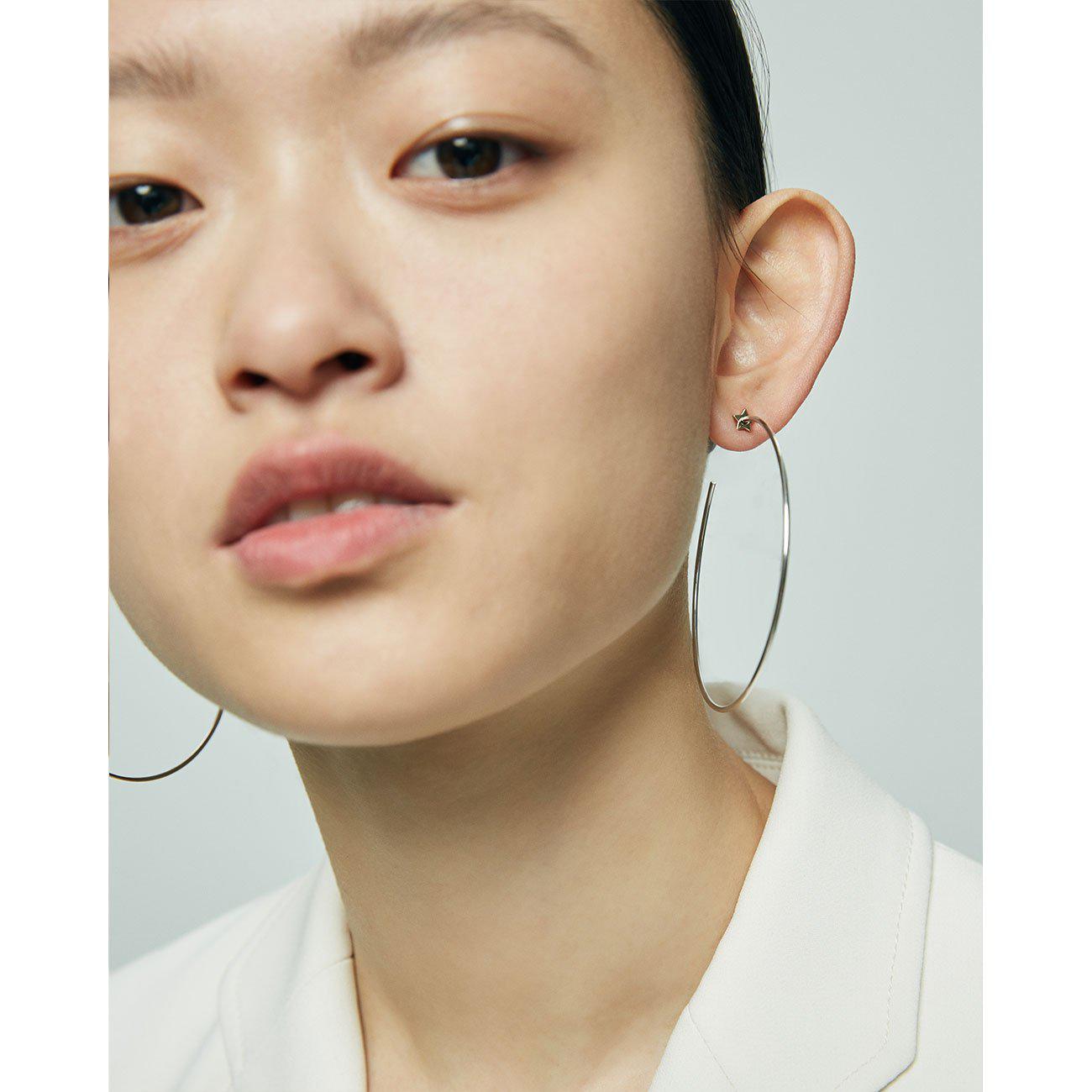

There will be some overlap with the following stages. As soon as they are fully feathered, you can reduce feeing to every 1-2 hours. Once they start growing some feathers, you can reduce the feeding to every 45 minutes. They need to be fed every 20-30 minutes during the day for a minimum of 12 hours per day. Once their eyes open, the visual imprinting begins. If you are planning on adopting a European Starling, this is the time to do it. Mom and Dad will alternate feeding and take out “poop sacks” from the babies as they fly out of the nest (dropping them along the flight path out of the nest). They will be totally dependent on the parents for food and warmth. The babies will be born with their eyes closed shut and will remain this way through Day 6. They will do this consistently for approximately 11 to 13 days.
STARLET BIRD FULL
Once the final egg is laid, the eggs will receive regular rotation by the parents and they will start applying full coverage and heat. Approximately early April, with a repeat performance of this and the further steps in late May. European Starlings know to limit/adjust their body coverage (heat) over the eggs to help prevent incubating the eggs in sequence this way, all the eggs will hatch at the same time (plus or minus a day). Generally speaking, a total of 4-5 glossy, pale blue eggs are laid. This generally happens in mid-to-late March in our neck of the woods.Įggs are laid in the nest, one egg per day, at approximately the same time. This year, we plan to use cedar shavings in the nest ahead of time to help soak up some of the droppings something we’ve previously done for winter weatherization it should be interesting to see what, if any, will remain.


The female will then, in a very poetic twist of fate, start removing some or all of the interior furnishings in order to make sure that it is her nesting material that is used. Once a female has been attracted, some form of unspoken contract is made and both claim the nest as their own. He will then start to perch near the nest, singing and flapping his wings, in an attempt to attract a mate. The male will put assorted materials in the nest and occasionally hang certain yard findings out of the opening as if to announce the open house. Here in the Pacific Northwest, this generally means around mid-February. The male European Starling will start finding it’s preferred nest to claim. However, it helps to have a frame of reference. What follows is just our experience I’m certain that there are various factors and YMMV. Raising a baby bird requires a lot of time and dedication, and European Starlings are no exception. Well, not necessarily a chart per-se, but this allows us to plan.


 0 kommentar(er)
0 kommentar(er)
